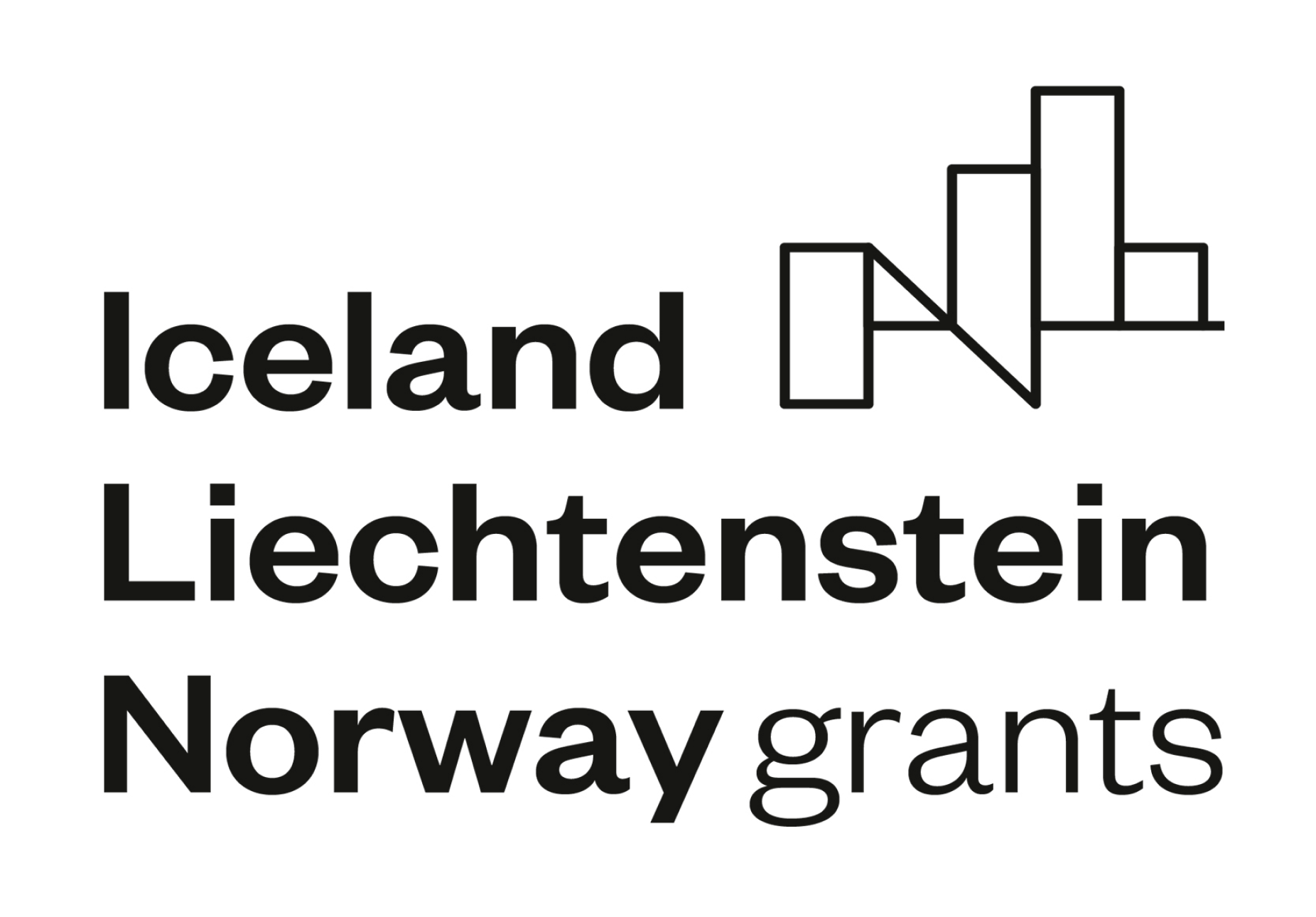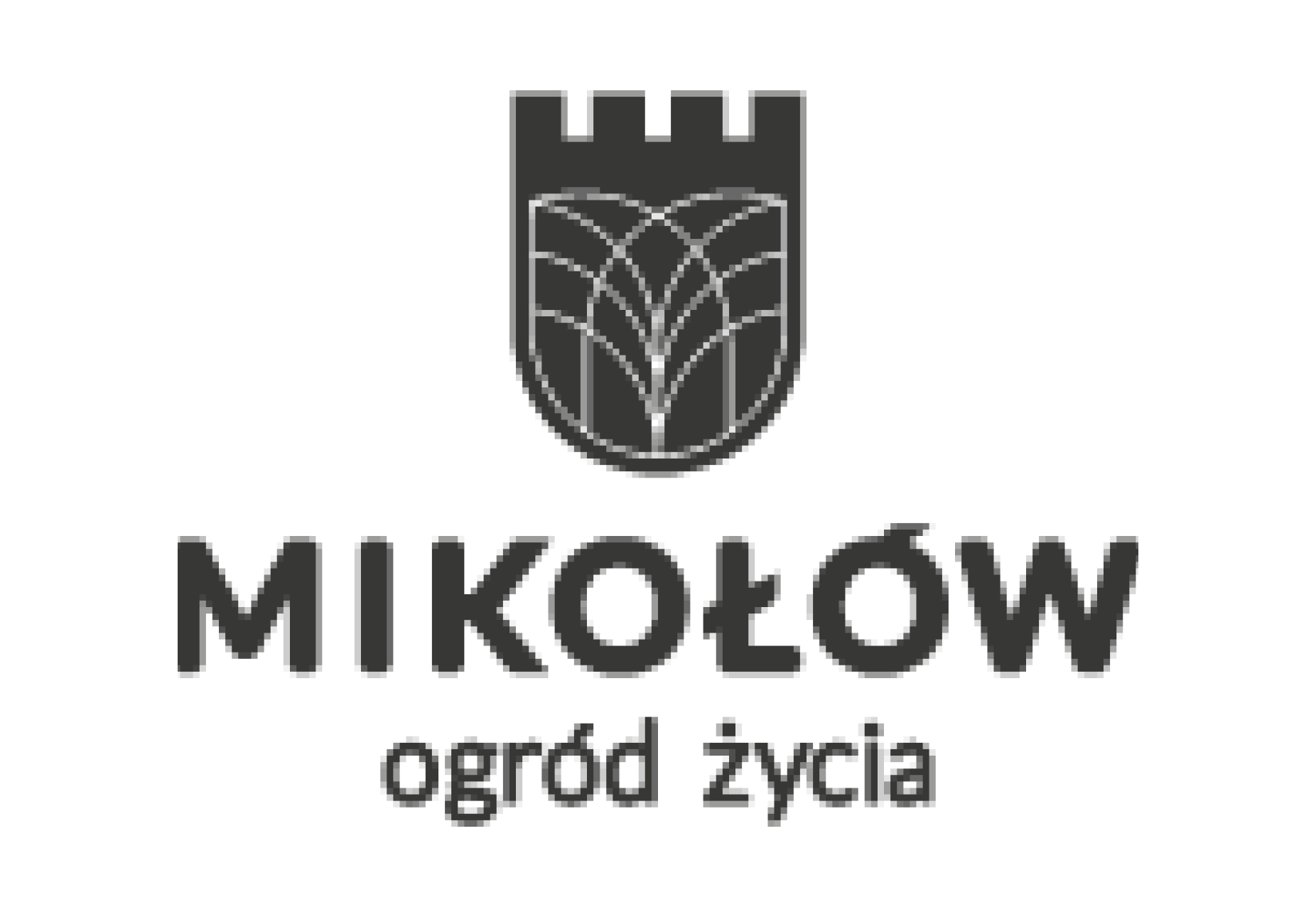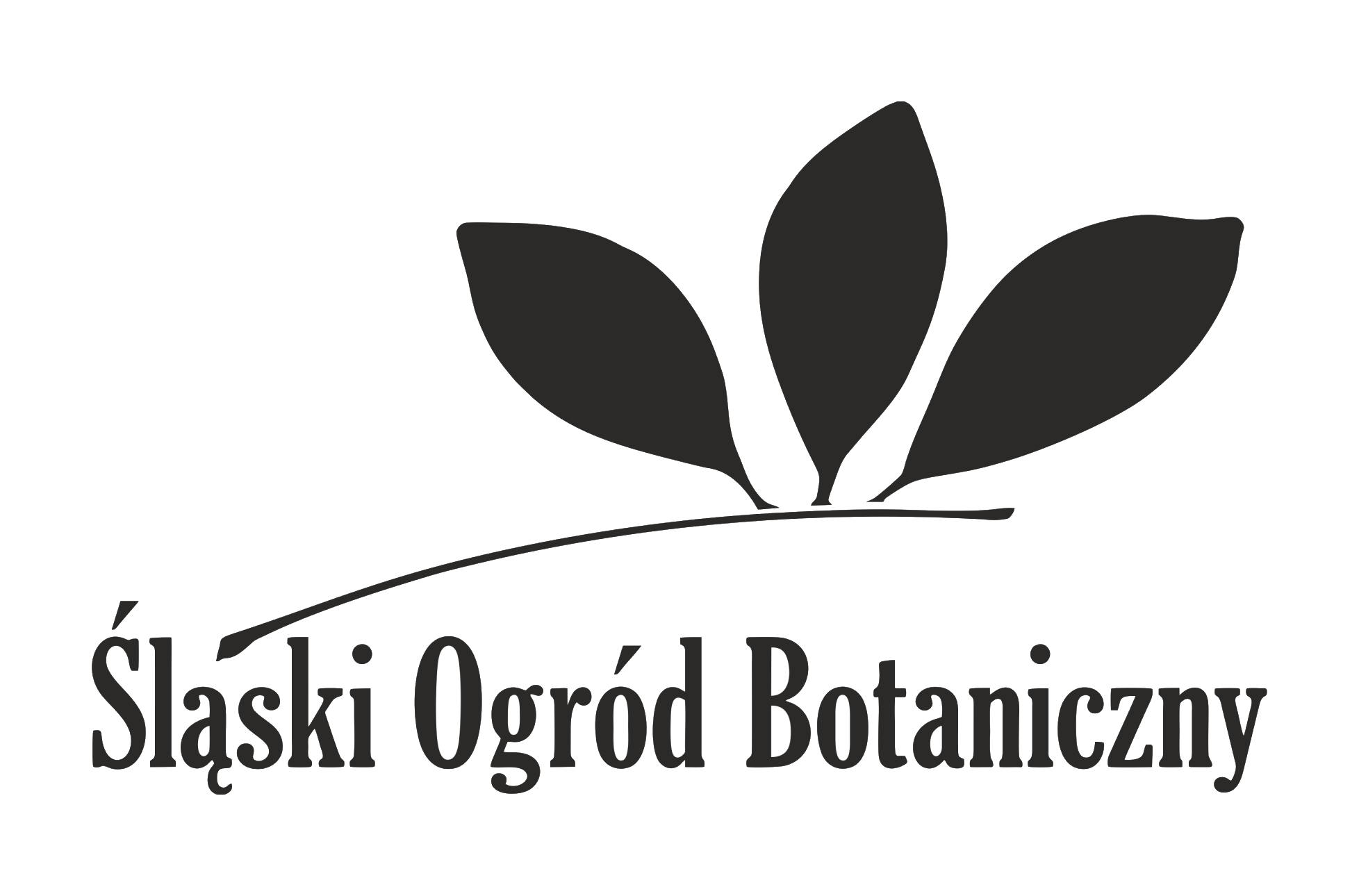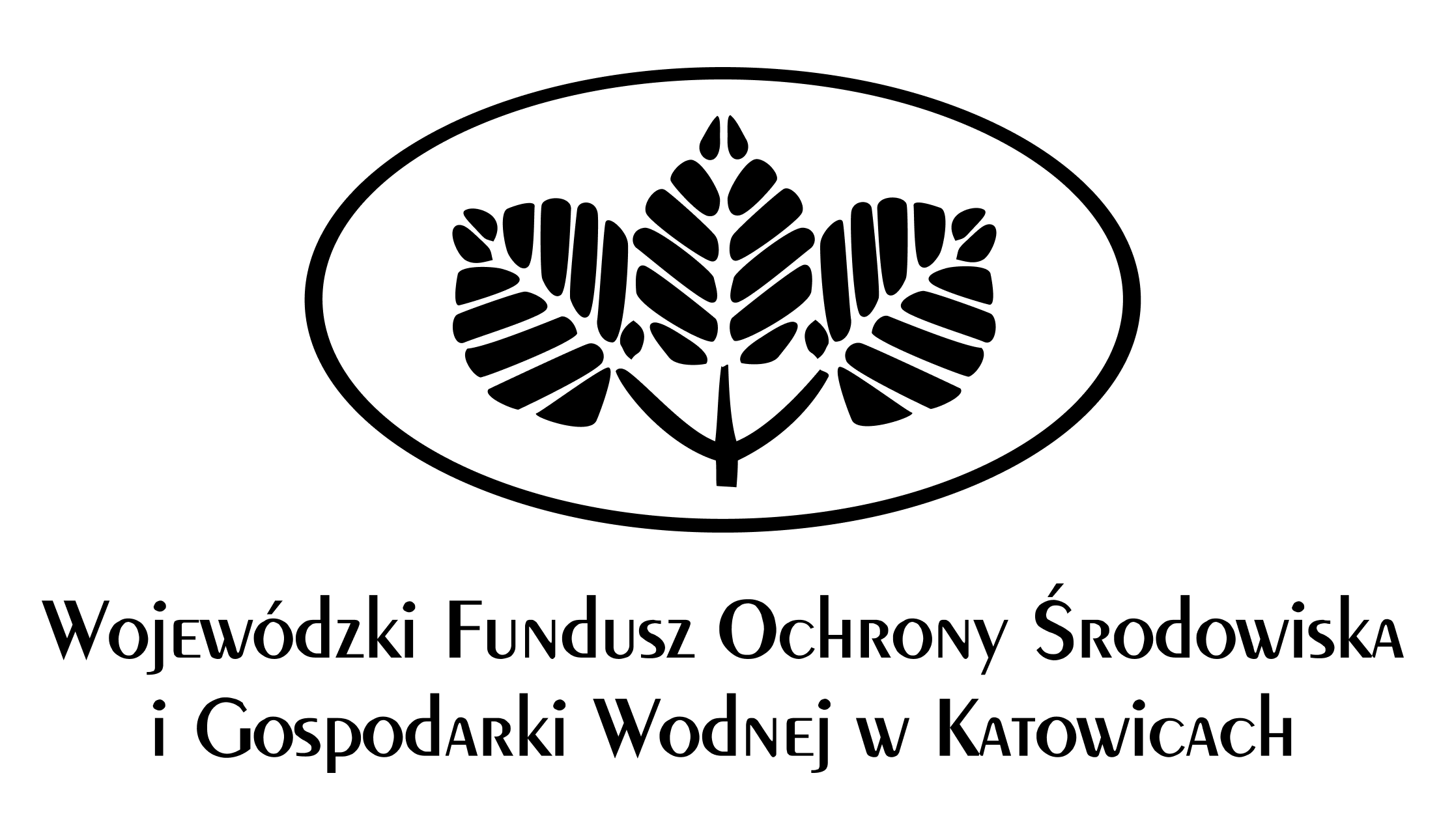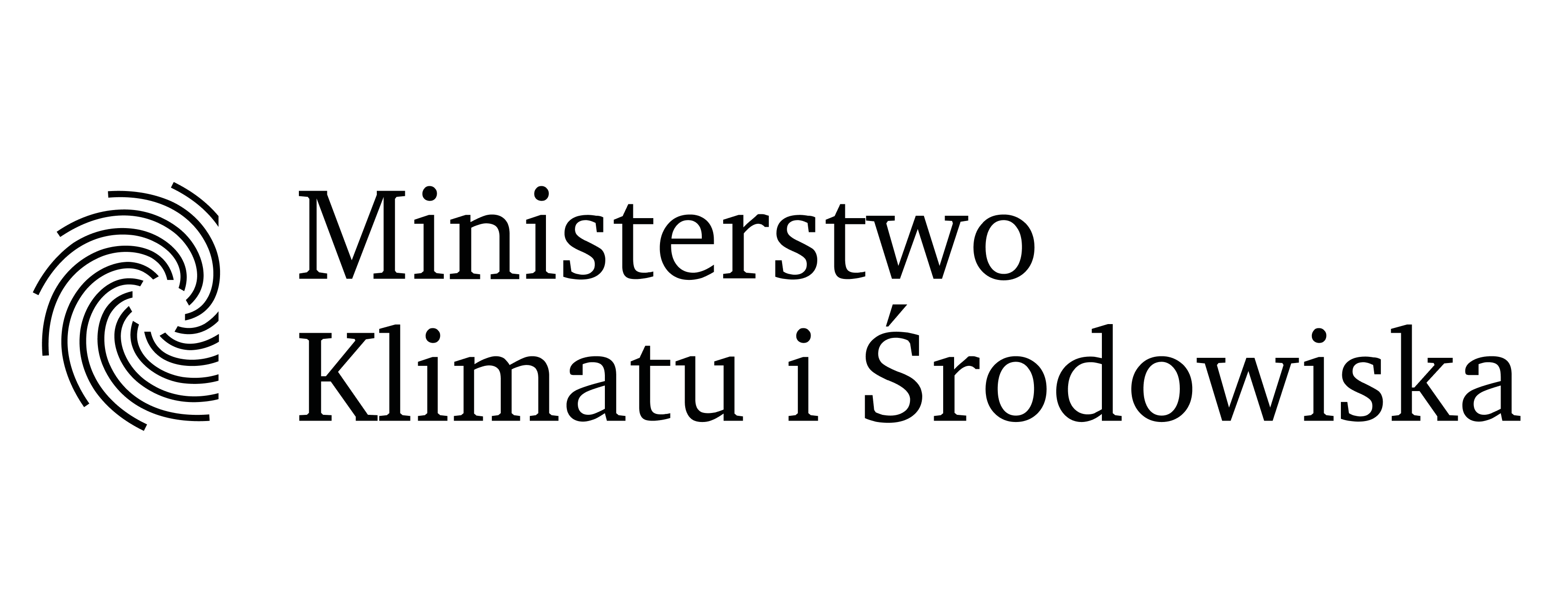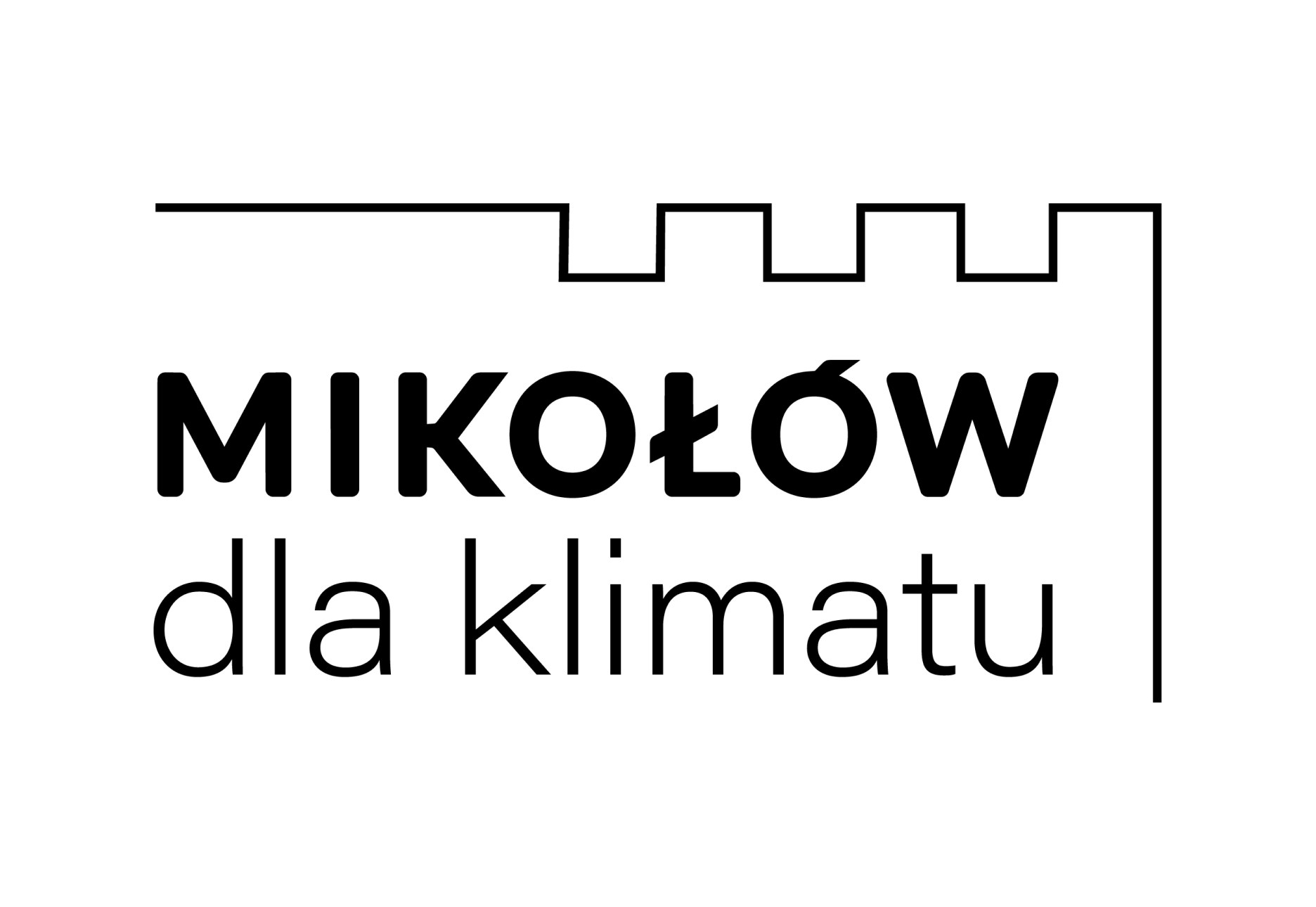Three hybrid LED lights have been set up on Polna and Podgórna streets in Mikolov.
On what principle do they work?
They use the thermal energy of the sun and the kinetic energy of the wind. Solar panels and a wind turbine convert natural energy into electricity, which is stored in a battery and then transferred to power a light fixture that is switched on automatically by a dusk sensor. The hybrid can shine continuously, and in the case of adverse weather conditions for about 4 cloudy and windless days from 10 to 12 hours a day, but after that it must be recharged by the sun or wind. In addition, the advantage of this device is the controller, which allows you to adjust the operating time and the degree of power consumed. This type of lamp is an excellent solution in places where it is not possible to connect traditional lighting to the existing electrical network.
The video turns on when you click:
